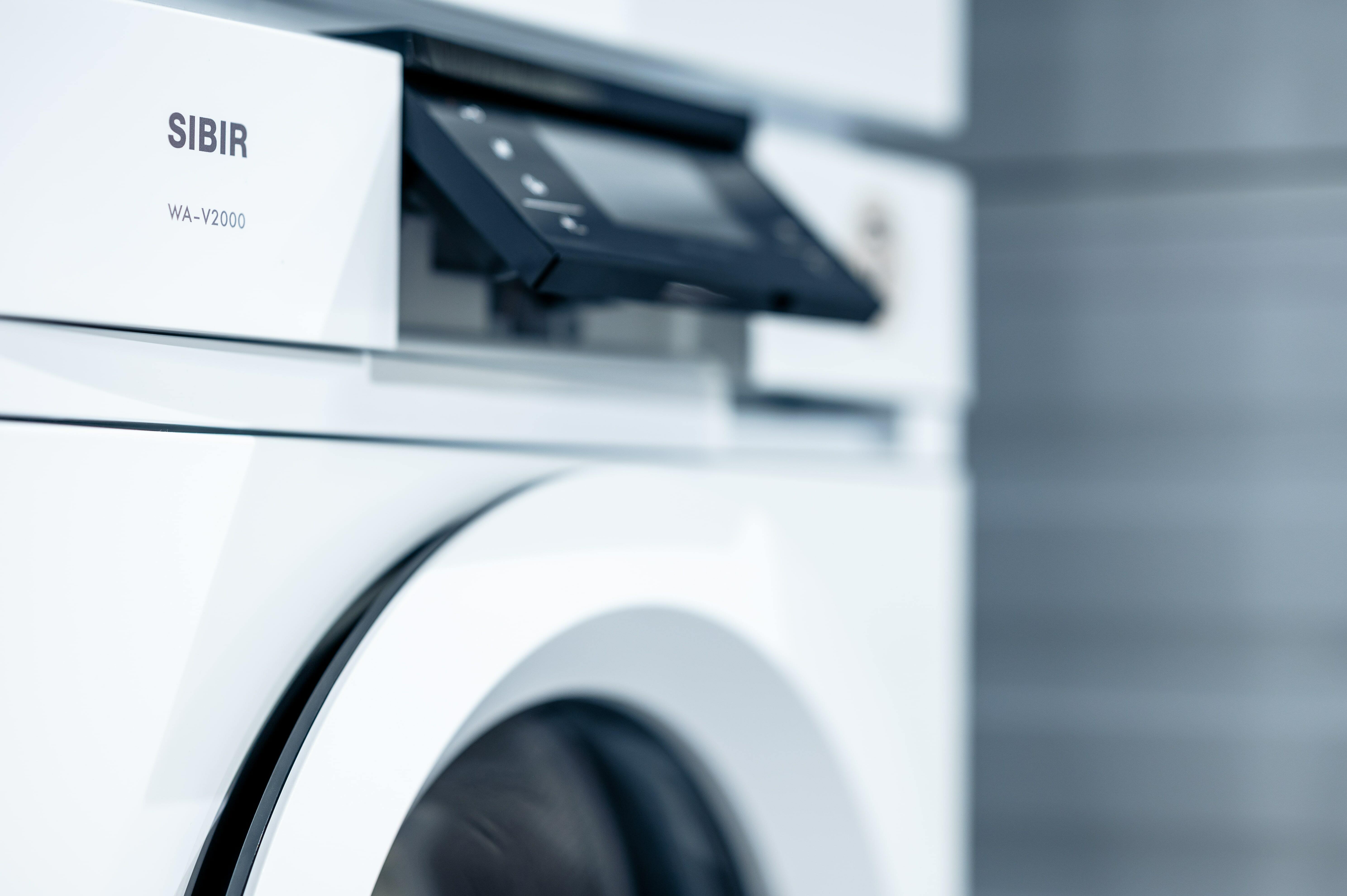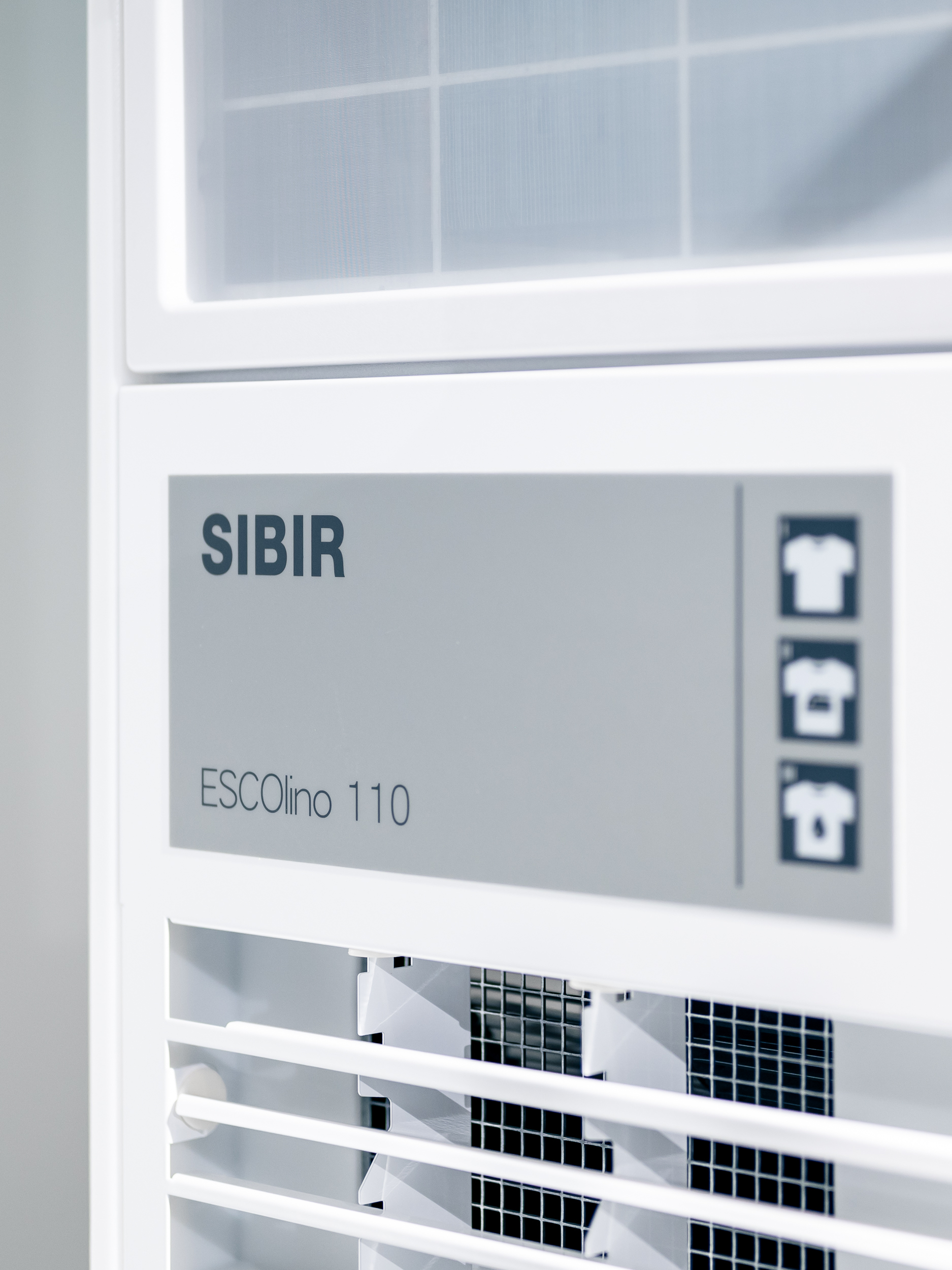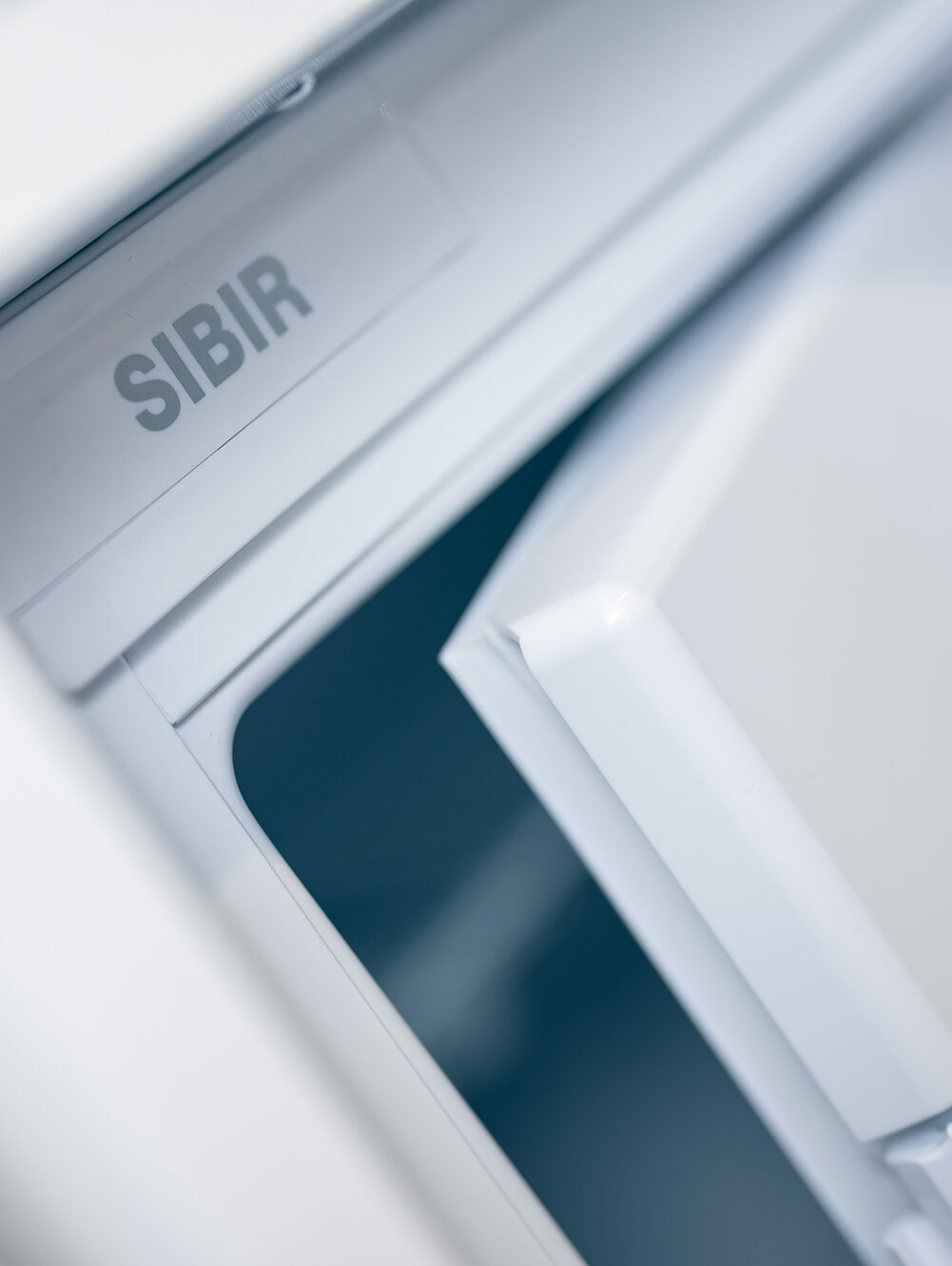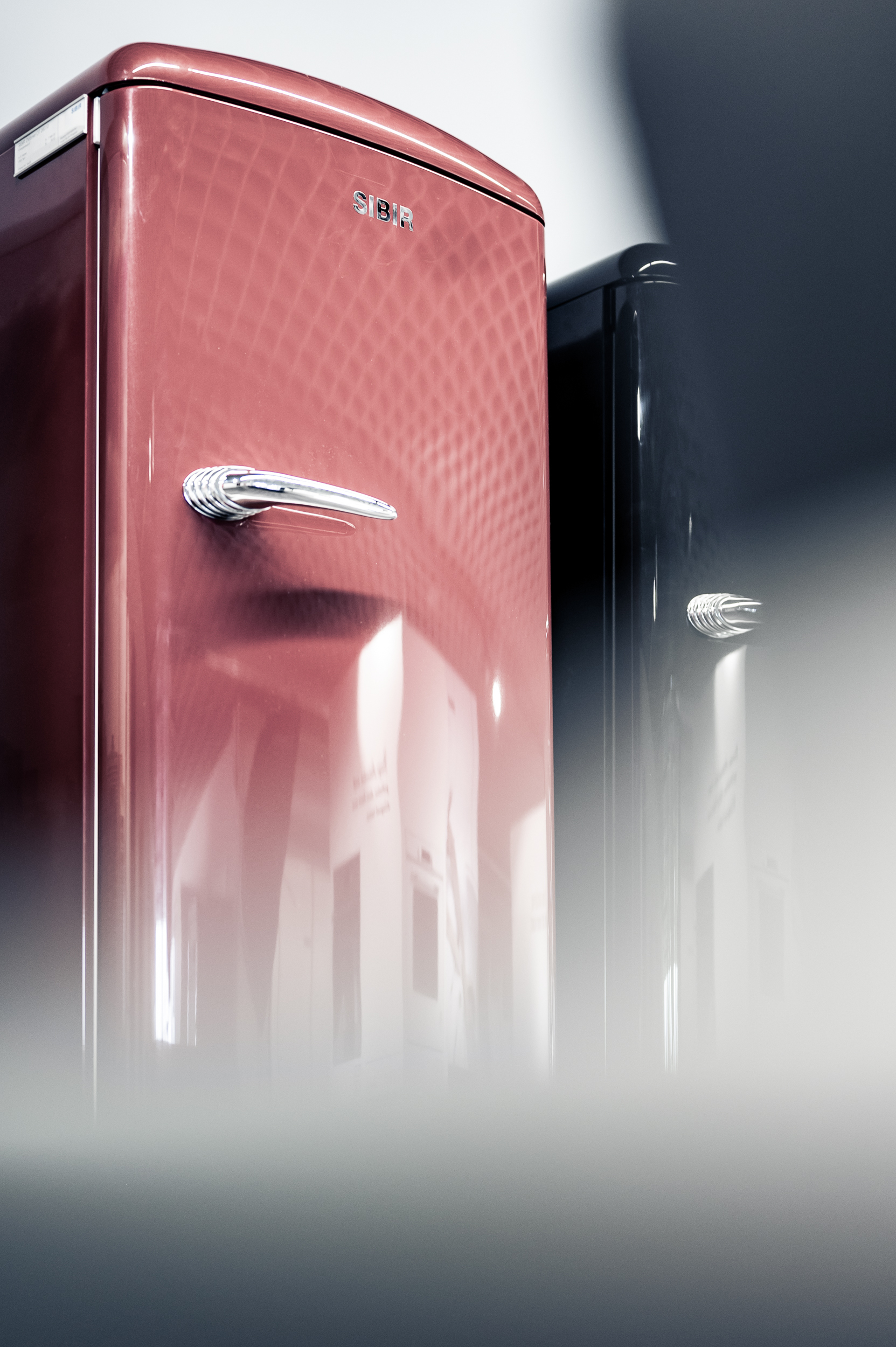Mister Sertic, what should be kept in mind?
Dirty laundry needs to be prepared right before going into the washing machine. This means emptying all the pockets, closing all zips and tying any long cords or laces. Delicate fabrics are best turned inside out to protect them during washing.
Is there a risk of loading a washing machine incorrectly?
Yes. If the washing machine is filled too much, it will not be possible to wash the laundry properly. Plus, excessive weight could damage the drum. The capacity of the appliance is defined in the manual. As a rule of thumb: clothing should be placed loose in the washing machine, with a hand's breadth of space between the drum and laundry.
Is it also important to consider the amount of washing detergent used?
Definitely! You would be mistaken for thinking more washing detergent means cleaner laundry. Using too much detergent is problematic. This is because excessive detergent can have an adverse effect on the appliance. Residue will be deposited and can leave behind unpleasant marks on the laundry. Too much detergent also harms the environment. These problems can be avoided. The correct amount of detergent is shown on the packaging. Another tip: adjust the detergent dosage according to the amount of dirt on the clothes, the size of the load and the hardness of the water in your area. This will also protect your wallet.
Is it OK to start the washing machine with half a load?
That doesn’t make any sense. This unnecessarily wastes energy and water. It’s best to separate the laundry into white and coloured fabrics and to wait until a full load can be washed.
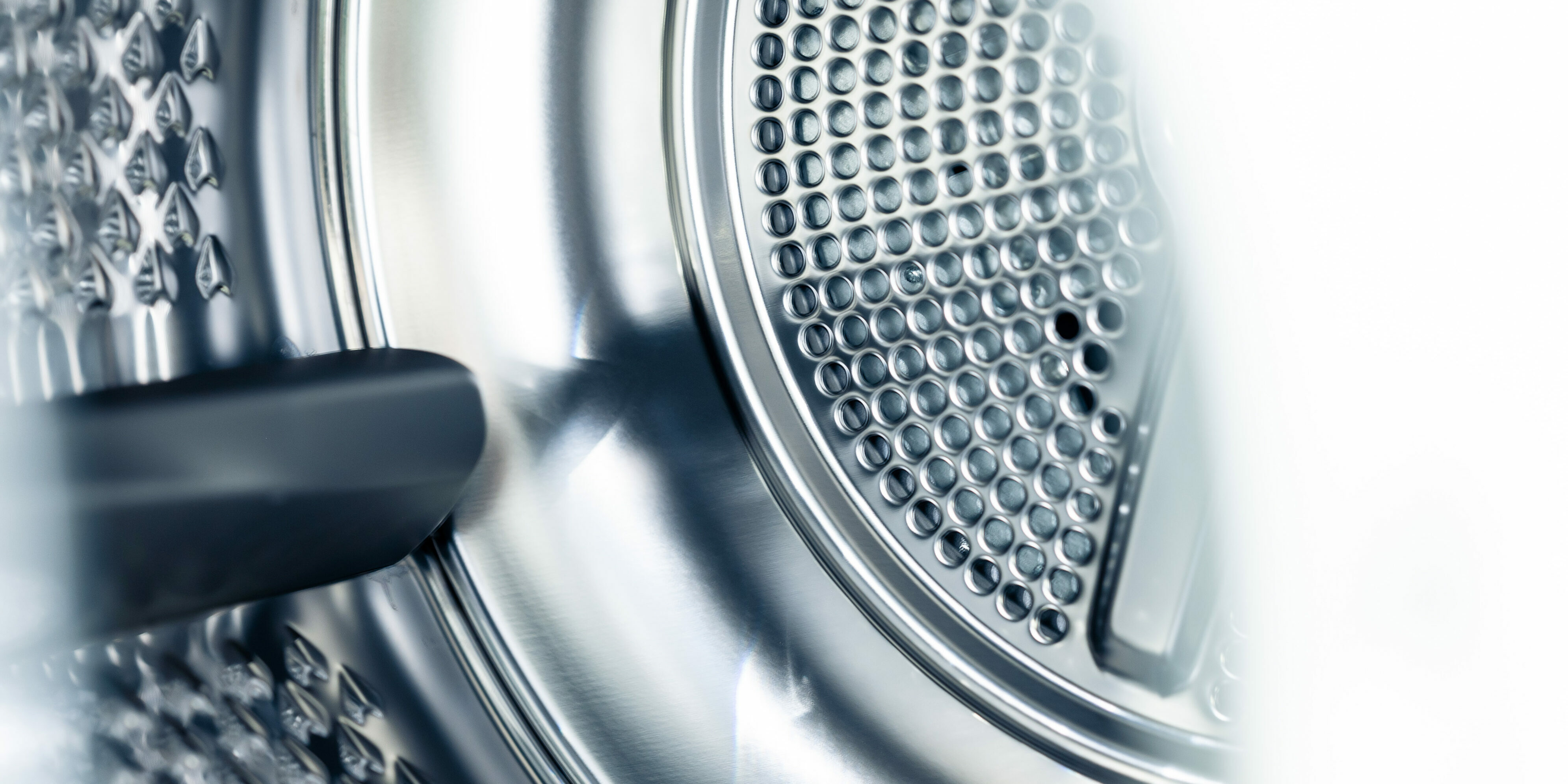
What are the advantages of separating laundry?
Sorting and separating laundry protects the fabrics and helps them live longer. All white garments belong in the white laundry, of course. If white clothes are washed with coloured fabrics, they are very likely to become stained. The only exception are garments in light blue, light pastel pink and light grey. These can simply be washed in the drum together with whites.
What about coloured laundry?
Consider the following tips when washing coloured laundry: colours should be sorted into two groups: light and dark. Light coloured laundry includes fabrics in orange, yellow and bright pink. Dark coloured laundry includes all clothes in green, blue, red or purple.
And dark laundry?
Sorting is easy in this case: dark laundry includes fabrics in black, dark grey, navy and brown. There’s no need to worry about staining with dark laundry. Dark colours only stain light fabrics in any case.
Can colour catcher sheets help?
Colour catcher sheets are often recommended, but they should be used with care. The sheets are put in the drum with the laundry and are intended to protect light clothing from greyness and colour stains. Since the sheets are made from microfibres, they absorb colour molecules particularly quickly. Their purported advantage is that they allow different colours to be washed together. Beware, however: your favourite white blouse should still never be washed together with black trousers.

What are optical brighteners?
Concentrated detergents are primarily used for white laundry and contain optical brighteners and whiteners. Important: it’s best to avoid using optical brighteners with coloured laundry as they can affect the colours. For white laundry, however, they remove blotches of greyness.
Is it a good idea to sort laundry according to washing temperature?
Absolutely. Have a look at the care label on clothing for more information. This shows the maximum temperature for washing the garment.
A tricky topic: what can I do if laundry stinks after washing?
First and foremost, it’s important to ensure the washing machine is cleaned regularly. This is because residues of dirt, germs and bacteria tend to get deposited in the machine. As a result, the laundry will have an unpleasant odour. Since programmes that wash at 30 or 40 degrees are often chosen, bacteria are quite capable of surviving. If the laundry still stinks, this household remedy may help: add one tablespoon of bicarbonate of soda to the detergent, but not directly into the drum. Citric acid can also help eliminate bad odours as well as bacteria. Simply mix a few tablespoons of lemon juice with water and add the mixture into the drum before washing. If the problem persists, we recommend calling a SIBIR service technician. By the way, a little lemon juice or a mixture of vinegar and water can be put into a dryer ball to give your clothes a touch of freshness when drying laundry.
Talking about natural household remedies: can laundry be washed even without detergent?
Sure, that’s possible. But this will only remove water-soluble stains. Some household remedies are also considered useful: besides simple household remedies like bicarbonate of soda, which has a natural cleaning and whitening effect on laundry, soap nuts and laundry balls are becoming increasingly popular. These are now available in all well-known drugstores, organic markets and health food stores.

-
30 degrees | Delicate laundry
Silk, wool, delicate fabrics, lingerie, rayon and sensitive synthetic materials (like polyester and nylon)
This temperature should be used for washing heavily dyed garments like jeans or batik clothing in addition to delicate colours. The delicate wash programme is particularly gentle.
-
40 degrees | Lightly soiled clothing
T-shirts, blouses, dress shirts, underwear, cotton, mixed fabrics, bedding and light synthetics
Any laundry can usually be washed at 40 degrees. Just make sure you check the care label. And if you’re unsure about your favourite garment, simply choose a lower temperature.
-
60 degrees | Heavily soiled clothing
Bedding, towels, cotton underwear, baby clothes, kitchen towels, microfibre and work clothing
Particularly fabrics that come into contact with bacteria should be washed at a higher temperature. But the laundry should be germ-free even after washing at 40 degrees. This is because most detergents contain surfactants which eliminate bacteria. However, sweat stains and other forms of stubborn dirt are best washed at a higher temperature. Bras require special attention: these should be washed at 30 degrees in a protective laundry bag.
-
90 degrees | Hot washing
White cotton, cloth nappies, heavily soiled towels and bedding, kitchen towels and tablecloths
Only cotton bedding, white cotton towels or cotton underwear are suitable for hot washing.

